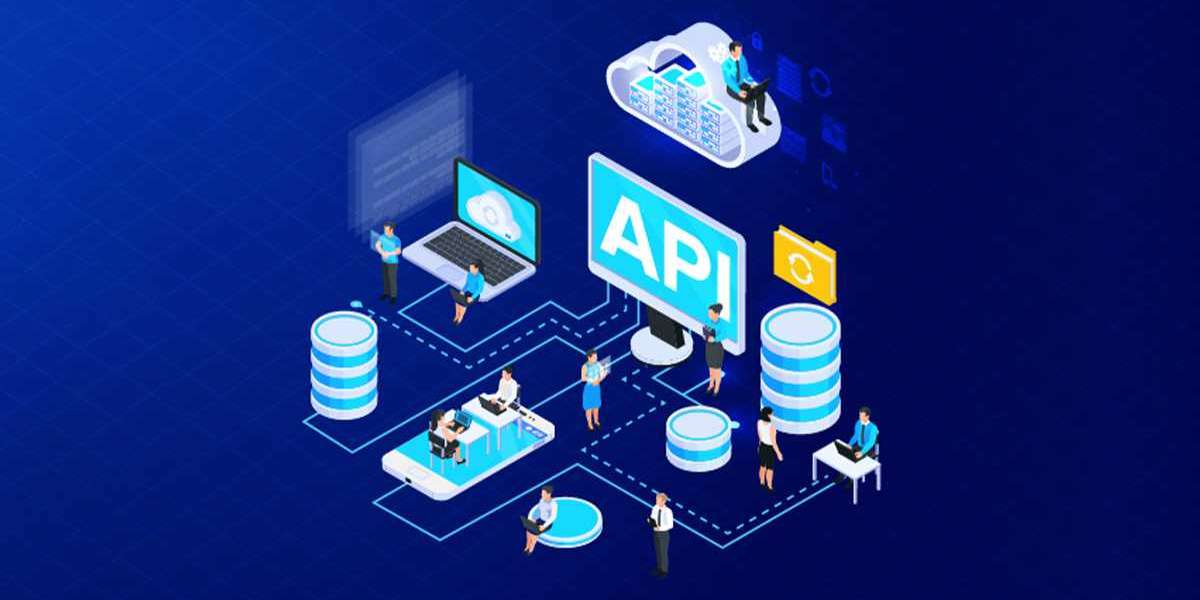API development: The complete guide to development best practices
APIs (Application Programming Interfaces) are the engines that power today’s connected world. They’re the silent heroes that let your favorite apps talk to each other and work seamlessly behind the scenes. Whether you’re ordering food, booking a cab, or connecting smart devices at home, APIs make it all possible. But what does it take to build an API that is not only functional but also scalable, secure, and user-friendly?
We’ll dive into the best practices for API development—covering everything from API design and RESTful services to security, testing, and documentation. By the end, you’ll know exactly what goes into creating an API that developers love to use.
What You’ll Learn
- Key API development concepts
- Best practices for API design, integration, and documentation
- An overview of RESTful services, GraphQL, authentication, and versioning
Let’s get started!
1. Start with Strong API Design Principles
The first step in API development is planning and designing your API architecture. A well-designed API is intuitive, easy to use, and requires minimal guidance, which makes it popular with developers and helps it achieve widespread adoption.
Keep Your Endpoints Simple and Logical
Organize your endpoints so they make sense in the context of the service you’re providing. Let’s say you’re developing an API for a bookstore. Here’s an example of how endpoints might look:
- GET /books - Retrieve a list of books
- POST /books - Add a new book to the library
- GET /books/{id} - Retrieve details about a specific book
- PUT /books/{id} - Update information for a book
- DELETE /books/{id} - Remove a book from the library
Embrace RESTful Principles
REST (Representational State Transfer) is a popular architectural style for building APIs. It uses standard HTTP methods to interact with resources, making it widely compatible across platforms.
- GET: Retrieve data
- POST: Create new data
- PUT: Update existing data
- DELETE: Delete data
RESTful APIs are reliable and easy to understand, which makes them a go-to for many applications. That said, if you have complex query requirements, consider using GraphQL, which is highly flexible for fetching nested or specific data.
2. Choose JSON as Your Standard Data Format
JSON (JavaScript Object Notation) is the most common data format used in APIs today. It’s lightweight, human-readable, and compatible with nearly all programming languages, which makes it easy to work with for developers.
Implement JSON Schema Validation
JSON Schema validation ensures that requests and responses match a specific structure, which can help prevent errors and simplify debugging. Plus, it adds a level of standardization that makes your API more reliable.
3. Version Your API from the Start
API versioning lets you make improvements without breaking older integrations. Imagine you’ve launched version 1.0 of your API and then need to add new features or optimize endpoints. Without versioning, you’d risk disrupting existing users, potentially breaking their integrations. With versioning, everyone can choose when they’re ready to upgrade.
Common Versioning Strategies
- URI Versioning: Include the version in the URL, like /api/v1/books
- Header Versioning: Specify the version in the request header, like Accept-version: 1.0
- Query Parameter Versioning: Use a version query parameter, like ?version=1
Versioning creates flexibility, allowing you to keep improving your API without forcing changes on users.
4. Prioritize Security: Authentication and Authorization
Security is critical for APIs, especially when they handle sensitive data. Here are some of the best practices to keep your API secure:
Secure Your Endpoints
- OAuth 2.0: OAuth is a secure method for enabling third-party applications to access user data without sharing passwords.
- JWT (JSON Web Tokens): JWTs are compact and easy to use, making them ideal for authenticating users and verifying identity.
- API Keys: Though simple, API keys are often used to track and control access. Combine API keys with other security methods for added security.
Rate Limiting
Rate limiting restricts the number of requests a user can make over a certain period. This prevents abuse and helps maintain your API’s performance. For example, you might set a rate limit of 100 requests per minute per user.
Use HTTPS for Secure Data Transmission
HTTPS encrypts data as it travels between the client and the server, preventing potential attacks. Always use HTTPS to protect data in transit.
5. Create Clear and Consistent API Documentation
Good documentation is vital for an API’s success. Developers need to understand how to use your API efficiently, and the best way to do this is by providing detailed and easy-to-follow documentation.
Documentation Essentials
- Endpoint Descriptions: Clearly describe each endpoint, including parameters, methods, and response types.
- Error Codes: Explain the possible errors and what they mean.
- Rate Limits: Clearly outline the rate limits and usage restrictions of your API.
- Examples: Provide code samples for each endpoint in different languages.
Tools like OpenAPI and Swagger are great for creating interactive documentation that’s easy to update as your API evolves.
6. Thoroughly Test Your API
Testing is essential to ensure that your API works correctly and consistently. There are various types of testing that can help you verify functionality, security, and performance.
Types of API Testing
- Unit Testing: Verifies that individual parts of your code work as expected.
- Integration Testing: Ensures that your API works well with other systems.
- Load Testing: Assesses how your API handles heavy traffic and high demand.
Popular API Testing Tools
- Postman: Ideal for manual testing and debugging
- JMeter: Great for load testing and stress testing
- Newman: Postman’s CLI companion, useful for automating tests in CI/CD pipelines
7. Embrace Microservices Architecture
Microservices architecture breaks mobile web app development into small, self-contained services, each responsible for a specific function. Each service communicates with others via APIs, creating a flexible, scalable structure.
Benefits of Microservices for API Development
- Scalability: You can scale each service independently, allowing you to allocate resources where they’re needed most.
- Fault Isolation: If one microservice fails, it doesn’t necessarily crash the entire application.
- Flexibility: Develop and deploy individual services independently, speeding up the process.
Microservices architecture is particularly valuable if you’re building a complex application that requires flexibility and scalability.
8. Use HTTP Status Codes Effectively
Using standard HTTP status codes helps developers understand the outcome of a request quickly. Here are some of the most common ones:
- 200 OK: Success!
- 201 Created: Resource created successfully
- 400 Bad Request: Invalid request from the client
- 401 Unauthorized: Authentication is required
- 403 Forbidden: Access denied
- 404 Not Found: The requested resource doesn’t exist
- 500 Internal Server Error: An error occurred on the server
When used consistently, these status codes make your API easier to debug and more user-friendly.
9. Optimize API Responses
APIs should be efficient and responsive, even with large datasets. Keep your responses lightweight and only include relevant data.
Pagination and Filtering
- Pagination: If your API returns large datasets, use pagination with parameters like ?page=1limit=10 to make the data manageable.
- Filtering: Let users request only the data they need, like ?status=active to retrieve active resources.
By reducing the response size, you improve both performance and usability.
10. Don’t Forget About API Monitoring
Once your API is live, it’s important to monitor its performance and ensure it’s working as expected. Monitoring tools can alert you to any potential issues before they impact users.
Tools for API Monitoring
- APM (Application Performance Management) tools like Datadog or New Relic track performance and detect bottlenecks.
- Uptime Monitoring tools like Pingdom monitor availability and response times.
These tools help you catch and resolve issues quickly, ensuring your API remains reliable.
Conclusion: Building a Robust API
API development is both a science and an art. Following these best practices will help you create an API that’s reliable, secure, and a pleasure to work with. Whether you’re implementing REST principles, securing your API with OAuth, or using tools like Postman for testing, each step is essential to a successful API.
Website: https://digixvalley.com/
Email: info@digixvalley.com
Phone Number: +1205–860–7612
Address: Frisco,Salt Lake City, UT














